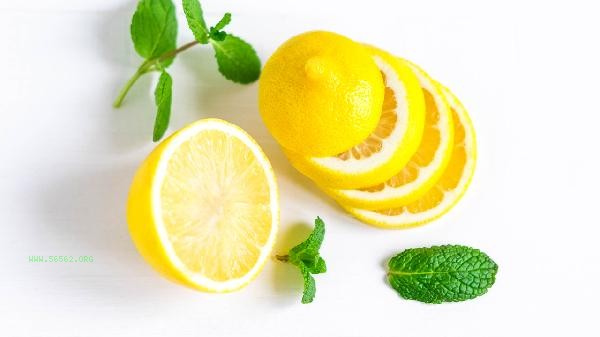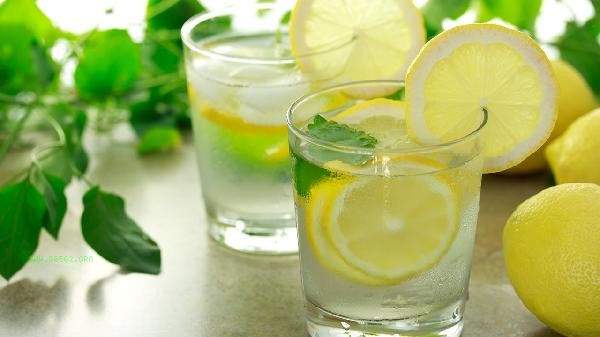Lemons usually appear bright yellow when ripe, and may have green patches or an overall greenish tint when not fully ripe. The color change of lemon is mainly related to maturity, lighting conditions, and variety differences. Mature lemon peel is rich in carotenoids, which gradually degrade chlorophyll in a sunny environment, resulting in the appearance of yellow pigments. Commercial lemons are often harvested before they turn completely yellow and then matured to achieve the standard color. Some special varieties, such as lime, always maintain a green color and belong to different subspecies from ordinary yellow lemon. In rare cases, lemons may exhibit abnormal color. Long term low temperature environment may delay the process of chlorosis, leading to yellow green alternation; Improper storage can cause local browning; Infection with certain diseases can cause gray brown lesions on the epidermis. These atypical colors are usually accompanied by changes in texture or flavor and are not recommended for consumption.

When selecting lemons in daily life, you can observe the color uniformity. High quality lemons should have a bright color without dullness. The color of the skin is not directly related to the acidity of the flesh, but the lemon aroma that is completely yellowed is more intense. When storing, it is recommended to wrap it in a breathable fresh-keeping bag for refrigeration to avoid contact with other fruits that release ethylene and accelerate discoloration. The active ingredients such as limonene in lemon peel are prone to oxidation, and should be used as soon as possible after cutting.










Comments (0)
Leave a Comment
No comments yet
Be the first to share your thoughts!